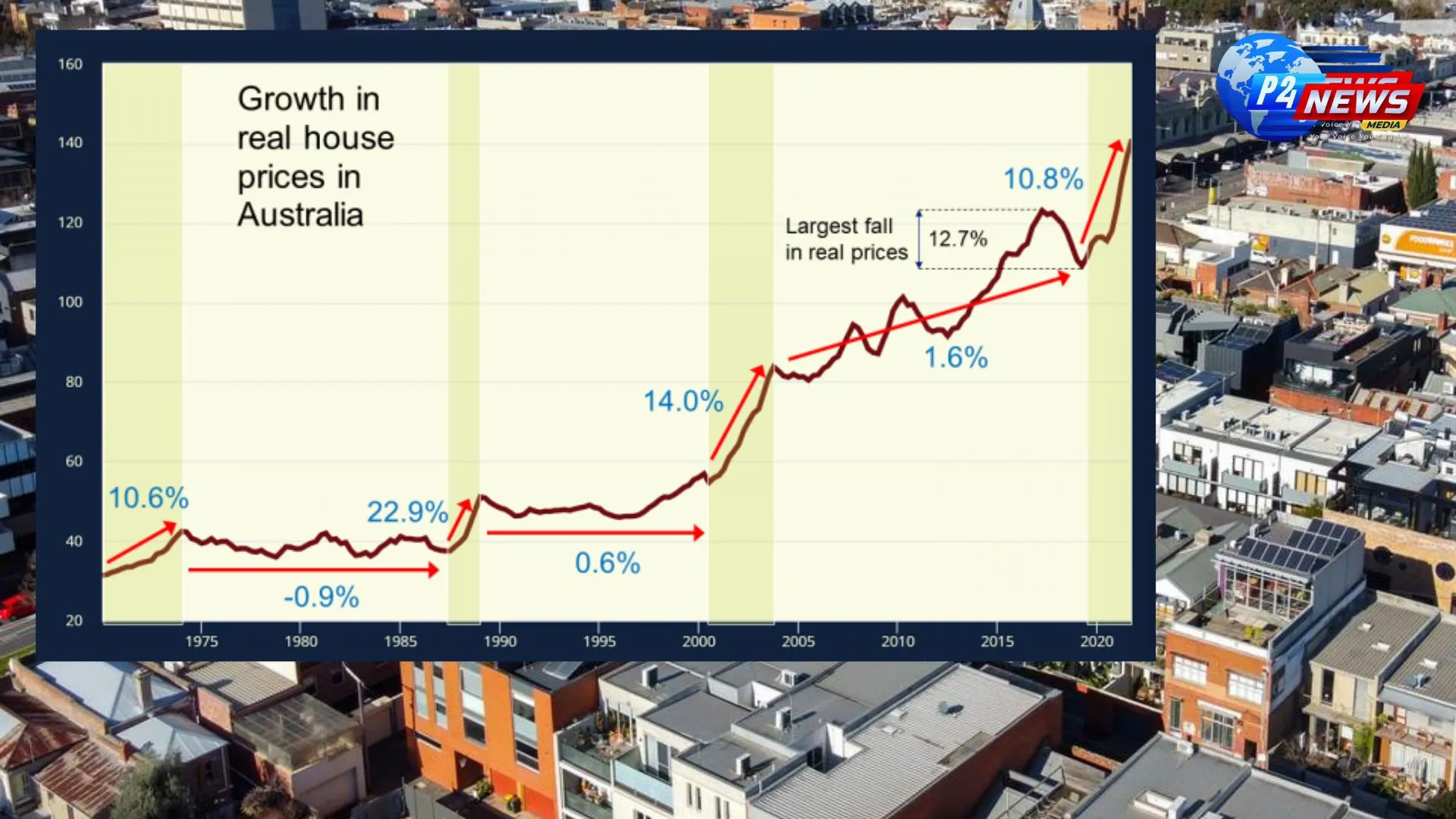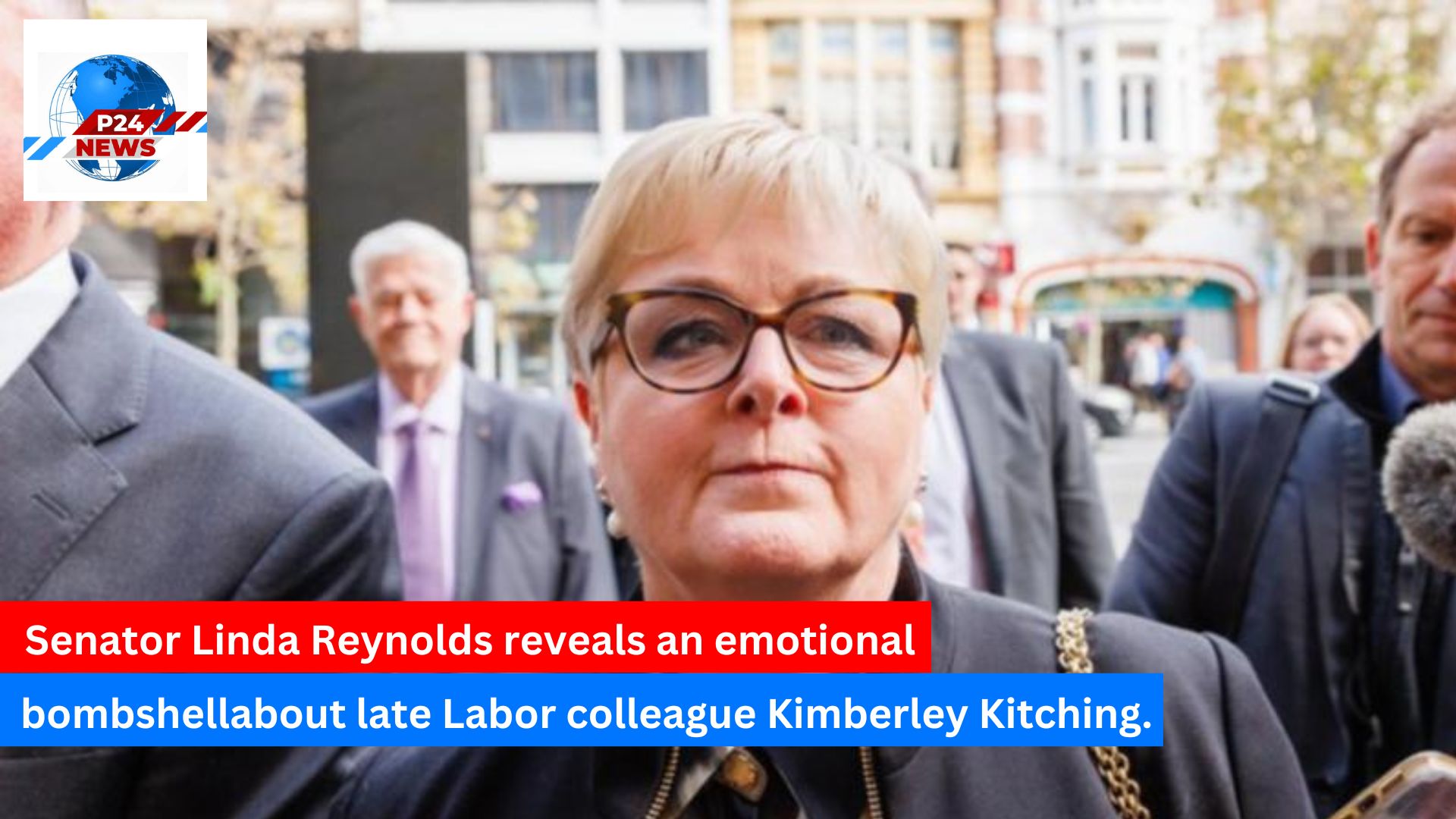Australian home prices are experiencing a significant decline as many homeowners are compelled to sell their properties in a challenging market. While some cities continue to achieve record highs, national trends indicate a stark slowdown. The latest data from PropTrack reveals that the median home price across the country saw only a 0.04 percent increase, with even less activity in major capital cities. Particularly, Melbourne faces a steep drop in home values, setting a troubling precedent for others. As the economic landscape remains uncertain, potential buyers are finding opportunities in the midst of rising desperation among sellers.
Australian Home Prices in Decline
The Australian housing market is undergoing a dramatic shift, with home prices witnessing a notable downturn. The national landscape has been characterized by a mere 0.04 percent increase in home values as per the PropTrack Home Price Index, which reflects the uncertainty influenced by potential interest rate adjustments by the Reserve Bank of Australia. Capital city performance mirrored this trend, with a meager increase of just 0.01 percent, signaling a cautious approach from prospective buyers.
Melbourne's Market Struggles
Among the major cities, Melbourne is facing the steepest decline. Data shows that home prices in Melbourne are now nearly two percent lower than last year, making it the only capital city to report such a drop. Currently, the average home value in Melbourne stands at approximately $606,000, reflecting a decrease of around $5,000 compared to the previous year. This downturn has put Melbourne behind Adelaide for the first time, with its median unit price now at $607,000.
Desperation Among Sellers
The situation has left many homeowners in distress, with increasing pressure to sell quickly. Industry experts have noted a rise in 'desperate sellers' willing to accept lower offers, creating a buyer's market in several locations. The ongoing trend of falling values has not only affected homeowners but has also prompted investors to reconsider their strategies in the current landscape.
Other Capitals Facing Challenges
Similar trends are apparent in other capital cities like Hobart and Canberra. Hobart has reported an average price decline of 0.31 percent, while Canberra's prices have also dropped by about 0.38 percent. This reflects a notable turnaround from the substantial growth seen in the previous years, suggesting an overall cooling in the market.
Sydney's Slow Growth
In Sydney, home prices have only risen by 0.01 percent in September, marking a significant slowdown compared to previous months. The median dwelling price in Sydney now rests at $1,103,000, representing a 5.9 percent increase over the last year but with considerable variation in price movements across different regions. Some inner suburbs are witnessing declines, showcasing the dichotomy within the market.
Brisbane's Record Increases
Conversely, Brisbane has emerged as a standout performer within the real estate sector, achieving a new peak median price of $855,000 after a 13.31 percent rise over the past year. The allure of Brisbane continues to attract buyers, particularly from interstate, due to its relative affordability in comparison to Sydney's exorbitant pricing.
Adelaide's Robust Growth
Adelaide has also reported strong performance, with home prices increasing by 0.53 percent. Currently, the average home in Adelaide transacts for $778,000, reflecting solid year-on-year growth. Despite the increase in properties hitting the market, demand remains high, positioning Adelaide as a competitive market.
Conclusion
The Australian real estate market is at a pivotal point, with significant shifts in pricing dynamics. While some cities like Melbourne and Hobart are facing declines, others like Brisbane and Adelaide are thriving. As the market adjusts to these changes, both buyers and sellers will need to navigate this evolving landscape with caution and strategic insight.
'
















Comments 0